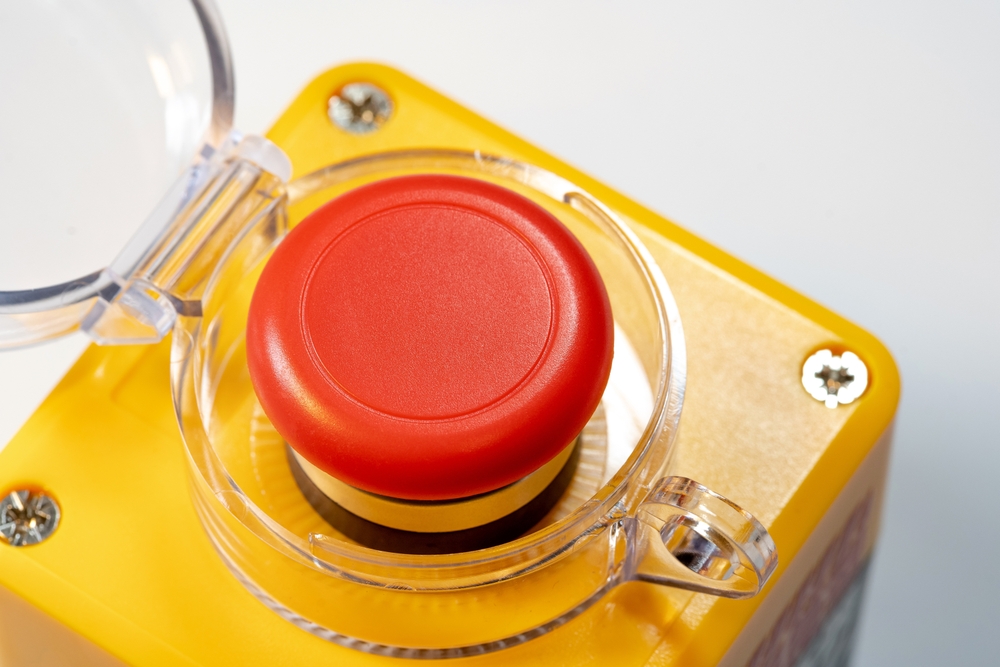Top Signs Your Safety Equipment Needs Immediate Repair

Safety equipment serves as the essential safeguard in any factory, shielding workers from harm and ensuring production lines operate efficiently. Like all machinery, safety equipment can degrade or malfunction over time. Ignoring these issues inevitably leads to accidents, injuries, and expensive downtime. It’s not a question of if it will happen, but when.
Let’s look at six key signs that your safety equipment needs immediate attention (and ways to handle them):
- Unusual noises: A change in the sound your safety equipment makes is often the first sign of trouble. Grinding, squealing, clicking, or any other unusual noise should be a red flag. These sounds might indicate worn-out parts, loose components, or something more serious. Ignoring these auditory cues can lead to catastrophic failures. For instance, a guard that rattles when the machine starts up could mean the mounting is compromised and coming loose.
- Increased vibration: Excessive vibration in machinery is often a sign of underlying problems. It can indicate worn bearings, unbalanced components, or issues with the motor or drive system. Ignoring increased vibration can lead to more severe damage and protracted breakdowns. For example, a vibrating conveyor belt might be causing uneven wear, which could lead to tears or malfunctions.
- Visible damage: Obvious signs of damage — such as cracks, breaks, or excessive wear and tear — should never be ignored. These defects compromise the equipment’s ability to protect your people and facilities. Cracked safety glass, for example, offers diminished protection against flying debris. Similarly, a worn-out fire extinguisher hose can prevent the extinguisher from reaching a fire. Regular visual inspections can help catch these issues before they compromise safety equipment.
- Safety feature failure: Many pieces of safety equipment have specific safety features designed to protect workers. These might include guards on machinery, emergency stop buttons, or lock-out tag systems. If any of these features fail, the equipment is no longer safe to use. A machine guard that’s missing or broken exposes workers to dangerous moving parts. A malfunctioning emergency stop button can prevent workers from quickly halting hazardous operations. Regular equipment checks should include verifying the functionality of all safety features.
- Operator complaints: Your workers are on the front lines and are often first to notice when something is wrong with safety equipment. Their firsthand experience is invaluable. If they complain about discomfort, difficulty using the equipment, or safety concerns, take their complaints seriously. A worker who complains about a broken safety latch or a faulty machine guard deserves to know they’ve been heard and safety is the first priority in your factory.
- Inspection findings: Regular inspections of safety equipment are essential for identifying potential problems before they become serious hazards. Look for signs of wear and tear, missing parts, and any other irregularities. Inspections should also include functional tests to ensure the equipment works as intended. For example, checking the pressure gauge on a release valve can reveal if it’s working properly.
Noticing these types of issues with your equipment? Join GES in prioritizing workplace safety this summer! Get 15% off three or more repairs or 10% off a single unit repair for all non-PPE safety equipment.

Faulty safety equipment isn’t something you can afford to gamble on. Pay attention to these signs. If they become apparent in your factory, act promptly and responsibly to protect workers, prevent accidents, and keep things running efficiently.
